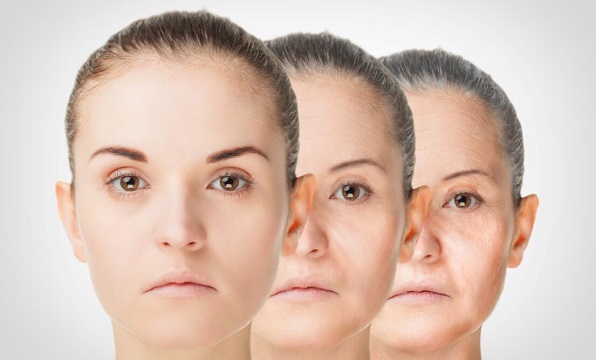Directed Conversion of Alzheimer’s Disease Patient Skin Fibroblasts into Functional Neurons
Liang Qiang, Ryousuke Fujita, Toru Yamashita, Sergio Angulo, Herve Rhinn, David Rhee, Claudia Doege, Lily Chau, Laetitia Aubry, William B. Vanti, Herman Moreno, Asa Abeliovich
Directed conversion of mature human cells, as from fibroblasts to neurons, is of potential clinical utility for neurological disease modeling as well as cell therapeutics. Here, we describe the efficient generation of human-induced neuronal (hiN) cells from adult skin fibroblasts of unaffected individuals and Alzheimer’s patients, using virally transduced transcription regulators and extrinsic support factors. hiN cells from unaffected individuals display morphological, electrophysiological, and gene expression profiles that typify glutamatergic forebrain neurons and are competent to integrate functionally into the rodent CNS. hiN cells from familial Alzheimer disease (FAD) patients with presenilin-1 or -2 mutations exhibit altered processing and localization of amyloid precursor protein (APP) and increased production of Aβ, relative to the source patient fibroblasts or hiN cells from unaffected individuals. Together, our findings demonstrate directed conversion of human fibroblasts to a neuronalphenotype and reveal cell type-selective pathology in hiN cells derived from FAD patients.






SUBSCRIBE TO OUR NEWSLETTER